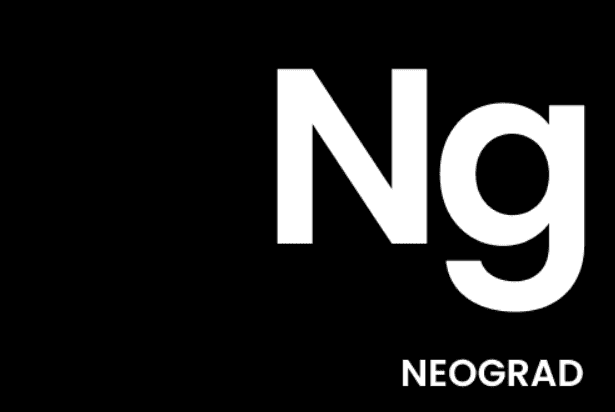TL;DR:
- Neograd is a newly released deep learning framework developed from scratch using Python and NumPy.
- It aims to simplify the understanding of deep learning concepts, particularly automatic differentiation.
- Neograd offers an intuitive and readable codebase, addressing the complexity barrier seen in other frameworks.
- Automatic differentiation capability is a standout feature, making gradient computation effortless.
- The framework includes gradient checking for verifying the accuracy of gradient calculations.
- Neograd provides a PyTorch-like API for enhanced familiarity and smoother transitions.
- Custom layers, optimizers, and loss functions can be created, allowing for high model customization.
- The ability to save/load models, weights and set checkpoints ensures progress continuity.
- Neograd supports computations with scalars, vectors, and matrices that are compatible with NumPy broadcasting.
- Its pure Python implementation makes it beginner-friendly, offering a clear understanding of processes.
Main AI News:
In the dynamic realm of deep learning, comprehending the inner workings of convolutional neural networks (CNNs) is paramount. Yet, the practical implementation of these networks, especially convolutions and gradient computations, poses a formidable challenge. Although established frameworks like TensorFlow and PyTorch offer powerful tools, their intricate codebases often deter newcomers.
Enter Neograd, a cutting-edge deep learning framework conceived from the ground up using Python and NumPy. Neograd’s mission is to demystify the fundamental tenets of deep learning, notably automatic differentiation, by presenting a codebase that is both intuitive and easily digestible. By overcoming the complexity hurdle associated with existing frameworks, Neograd empowers learners to fathom the inner workings of these potent tools.
At the heart of Neograd lies its automatic differentiation prowess—a pivotal feature for gradient computation in neural networks. This functionality empowers users to effortlessly compute gradients for an extensive range of vector operations, irrespective of dimensionality. It offers an accessible pathway to understanding the intricate dance of gradient propagation.
Furthermore, Neograd introduces a host of utilities, including gradient checking, which enables users to validate the precision of their gradient calculations. This invaluable feature aids in model debugging, ensuring the seamless propagation of gradients throughout the network.
Notably, Neograd presents a PyTorch-inspired API, facilitating a smooth transition for PyTorch aficionados. It equips users with tools to craft custom layers, optimizers, and loss functions, bestowing a high degree of flexibility and customization in model design.
Neograd’s adaptability extends to its capacity to save and load trained models and weights, as well as establish checkpoints during training. These checkpoints act as safeguards against potential disruptions, such as power outages or hardware failures, ensuring that progress remains uninterrupted.
In comparison to its counterparts, Neograd stands out by supporting computations with scalars, vectors, and matrices, all seamlessly compatible with NumPy broadcasting. Its commitment to readability sets it apart from compact implementations, rendering the code more transparent. Unlike the behemoths of PyTorch or TensorFlow, Neograd’s pure Python implementation beckons beginners with a lucid grasp of the underlying processes.
Conclusion:
Neograd’s user-friendly approach and emphasis on automatic differentiation make it a significant addition to the deep learning market. It simplifies neural network operations, making them more accessible to newcomers and enhancing the overall learning experience. This framework’s readability, gradient checking, and PyTorch-like API position it as a promising choice for both beginners and seasoned practitioners in the field, potentially reshaping how deep learning is approached and understood.

